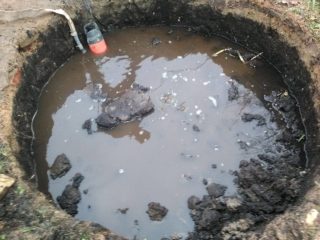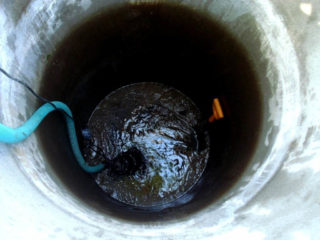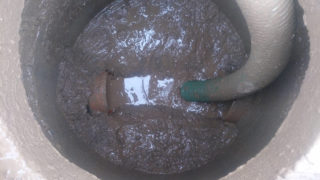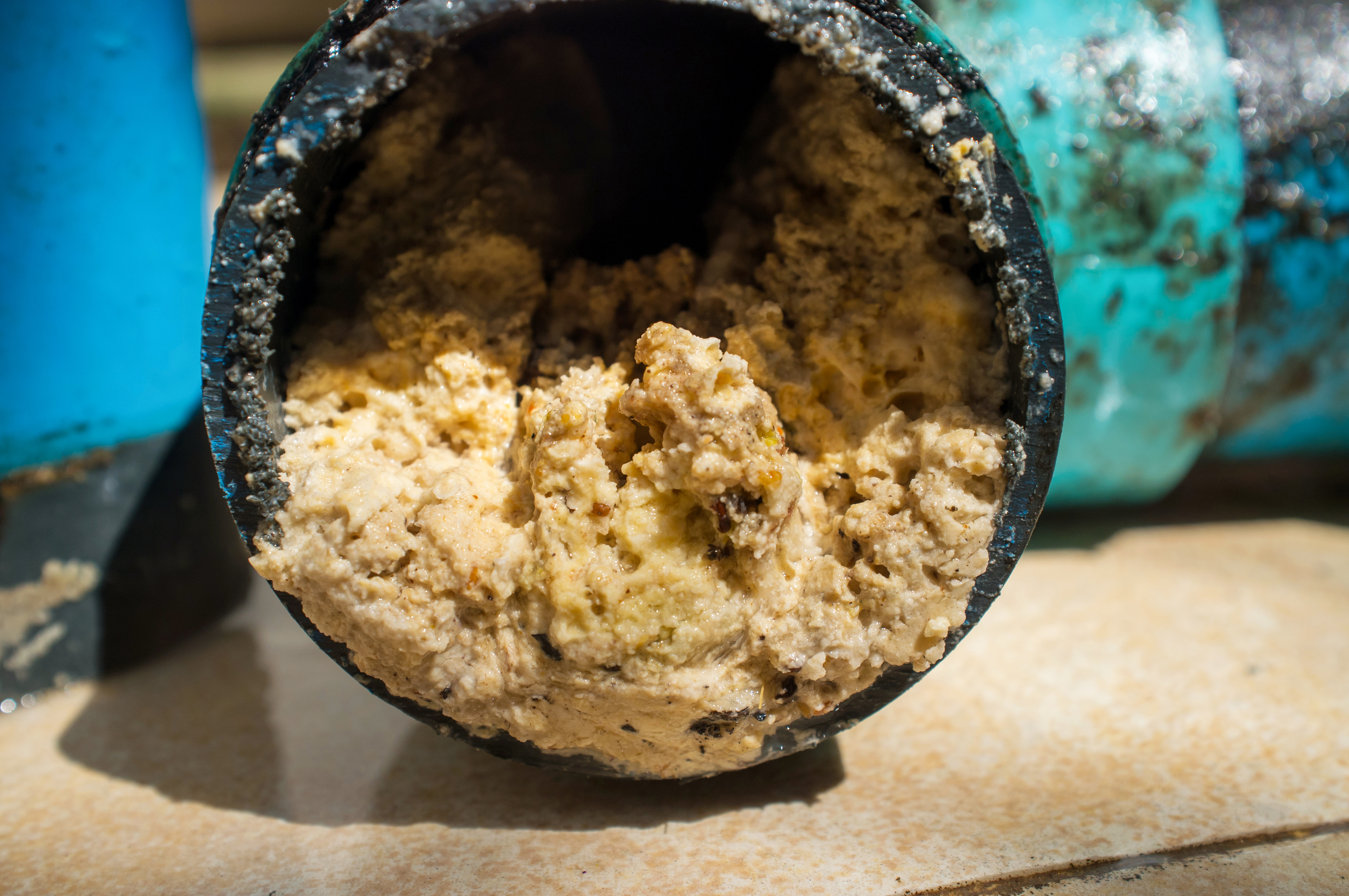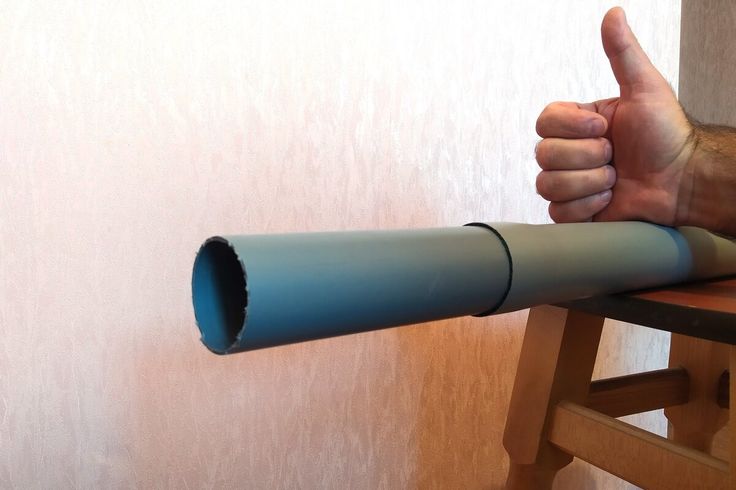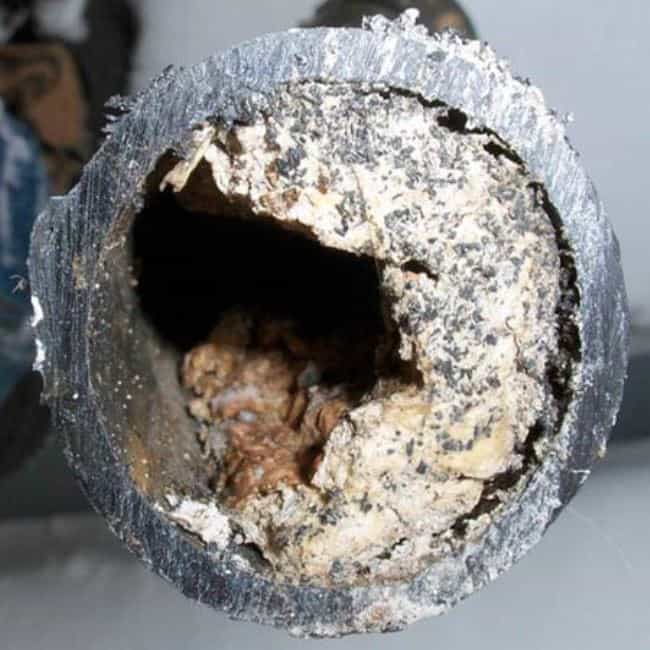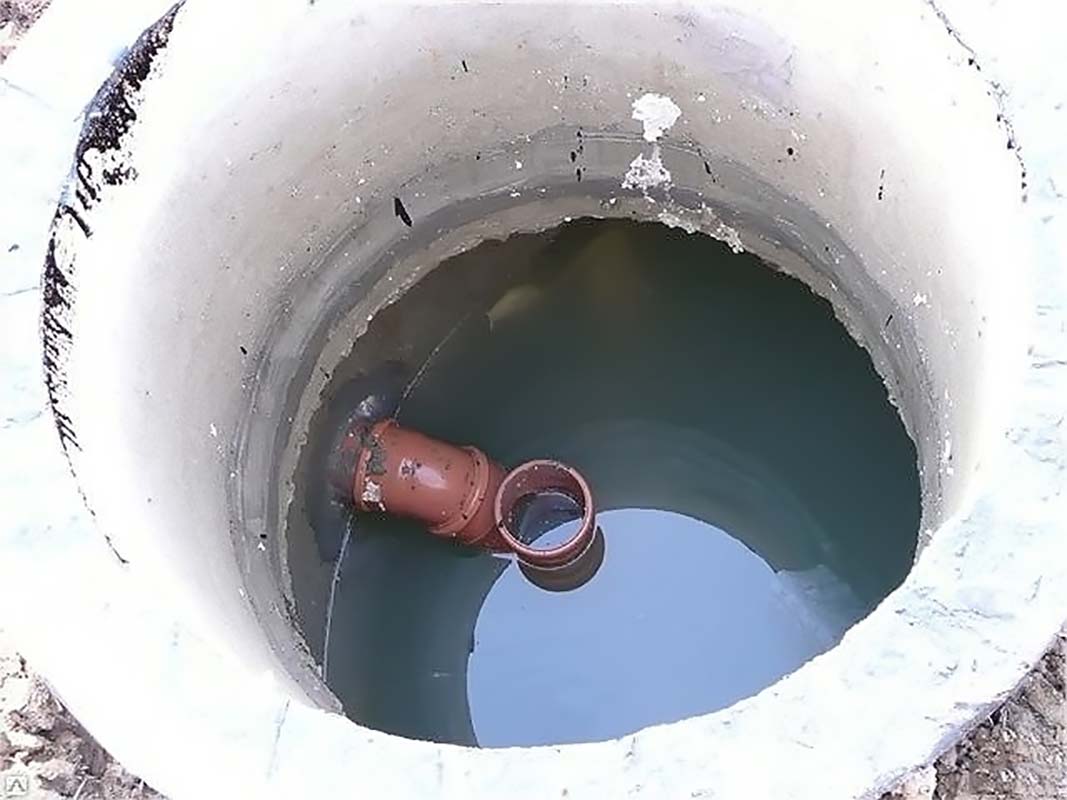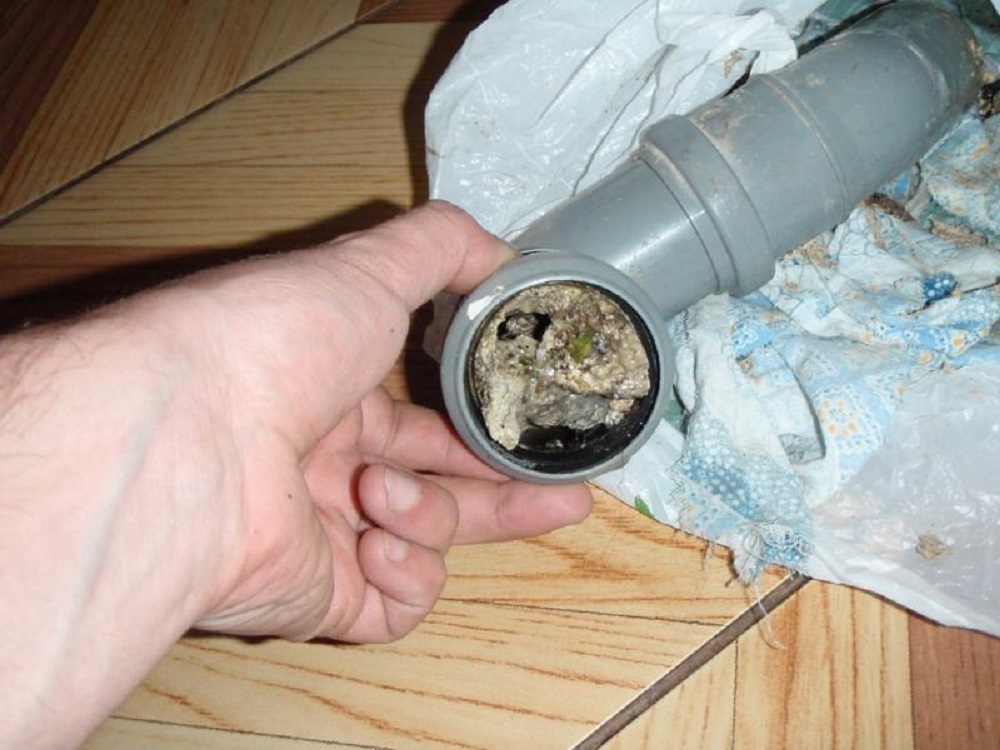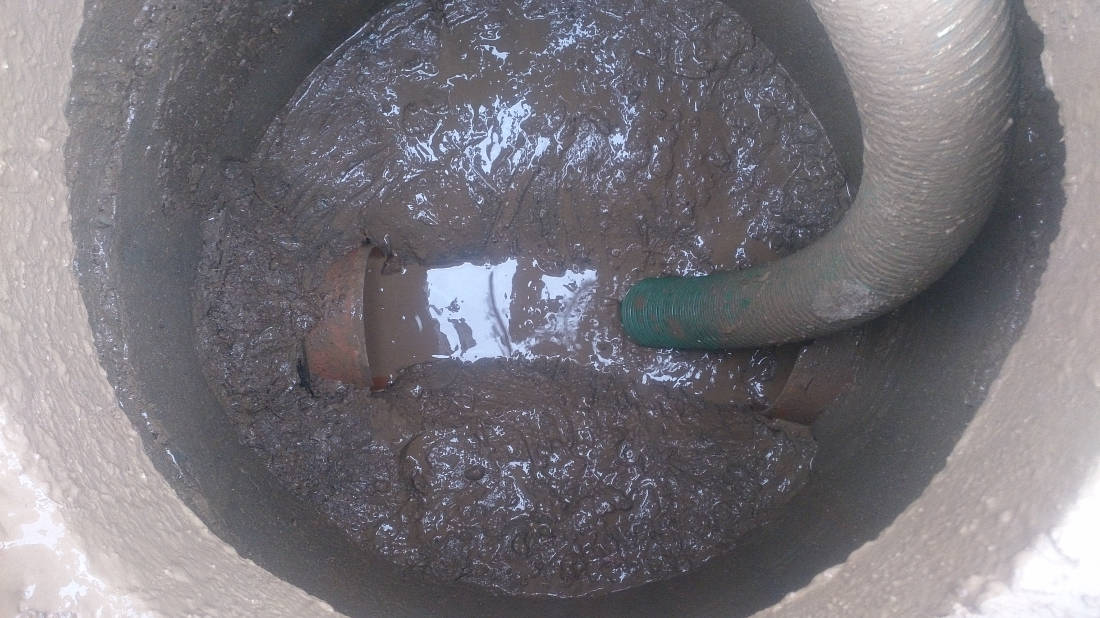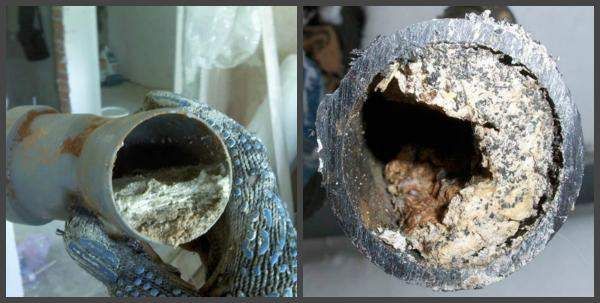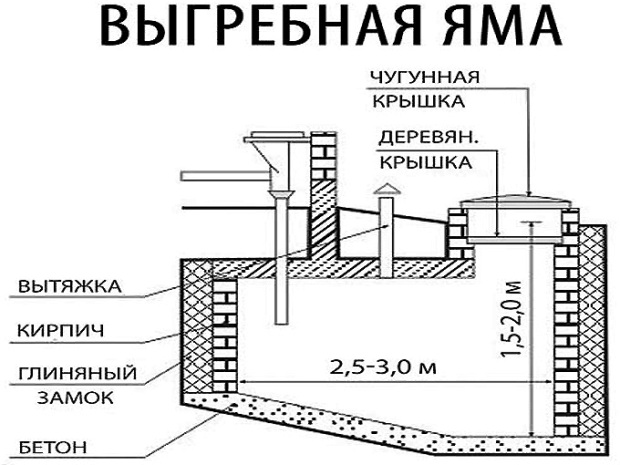Owners of suburban areas and their own homes often prefer to equip cesspools to collect wastewater. This design is quite cheap to maintain and even a person far from construction or sewer works can dig it out. However, homeowners are often faced with the problem of stagnant water in the pit. In this article, we will look at the reasons for the appearance of such a problem, ways to eliminate it and prevent it.
How does the problem appear
- With an open bottom - wastewater enters the soil through the bottom of the pit or its walls.
- With a closed bottom (septic tank) - this type is emptied using a sewage machine.
According to sanitary standards, it is forbidden to use a cesspool with an open bottom, as there is an environmental threat to the soil and underground water sources. However, it is still used in areas where there is no sewer system.
During operation, it is most often the open-type cesspool that overflows with water. However, the closed type also has this disadvantage. Stagnation of water in a pit of any type is caused by a number of reasons:
- insufficient volume of the cesspool, which was incorrectly calculated before its construction;
- the formation of a fatty film on the surface of the pit walls or the accumulation of silt deposits that prevent the outflow of fluid into the soil;
- rising groundwater levels, melting snow or heavy rainfall;
- the pit is equipped on clay soil, which prevents the absorption of liquid into the ground;
- improper arrangement of the cesspool, in which the bottom of the cesspool is located above the freezing point of the soil, which leads to the formation of an ice crust that does not allow liquid to pass;
- the walls and bottom of the pit are clogged with organic deposits, which are not quickly processed by bacteria.
How to fix it
- Pumping out liquid using a sewage machine. To do this, call a sewer truck, which will clear the pit of sewage, silt and fat deposits. All these masses are mixed with water and pumped out by a pump in several passes for the best possible cleaning. This method is best combined with others, since it is not always possible to pump out solid deposits on the walls of the cesspool with a pump.
- Mechanical pit cleaning. It is used after pumping out the liquid with a vacuum cleaner. When using this method, you will need to shovel off deposits from the side walls and the bottom of the pit. Waste should be raised to the surface and disposed of. After the end of cleaning, it is recommended to install grease filters in the cesspool, which will help to reduce the amount of fat deposits. Mechanical cleaning will not take a lot of time, but a lot of physical strength will have to be applied, especially if deposits are difficult to remove. In addition, in some cases, this method is the only possible one, for example, when placing a hole in soil with a high clay content.
- The use of drugs of chemical origin. Household chemicals are well suited for cleaning cesspools. It has a specially developed chemical composition that is able to soften solid and viscous waste, which can then be efficiently pumped out with a sewage machine. Also, chemicals eliminate unpleasant odors and disinfect the pit. When cleaning cesspools, the following drugs are most often used:
- formalin is an agent that has a disinfecting effect, it helps to stop the vital activity of bacteria and stop the decomposition processes in the cesspool;
- nitrates are environmentally friendly substances that soften silt deposits and biological waste, and also eliminate unpleasant odors; cleaning with nitrates must be done with great care, since they negatively affect the metal surfaces of the pipes and can damage the iron parts of the electric pumps;
- bleach - this substance has a high disinfecting ability, interacting with organic substances in the pit;
- ammonium salt cleaners - these compounds with nitrogen effectively dissolve organic matter, and in the presence of water turn into an alkaline solution, they also remove odors; however, ammonium salt cleaners should be used no closer than 20 m from the house, as their vapors negatively affect human health and pollute the environment.
- Use of preparations of biological origin (bacterial-enzymatic method of purification). This method is only available for use at ambient temperatures between 5 and 30 ° C, as bacteria cannot grow at lower or higher temperatures. In this case, 2 types of bacteria are used to clean the cesspools:
- aerobic - bacteria multiply when oxygen is available, which is pumped in with the help of compressors; as a result, anaerobes feed on organic substances and process them into fertilizers;
- anaerobic - this type of microorganism converts organic matter into fertilizers without the access of air oxygen twice as slow as aerobes.
What to do to prevent the problem
- Perform periodic cleaning of the pit using special equipment. The pumping frequency is once every 6 months.
- In the intervals between cleaning with a special device, it is necessary to use microbiological preparations, which include live bacteria. They will help loosen deposits on the pit walls and remove unpleasant odors.
Summing up, it should be noted that the problem of cesspool overflow arises most often due to its improper design or untimely cleaning. Therefore, only the solution of these two problems will help to avoid the unpleasant consequences caused by water retention in the cesspool.

